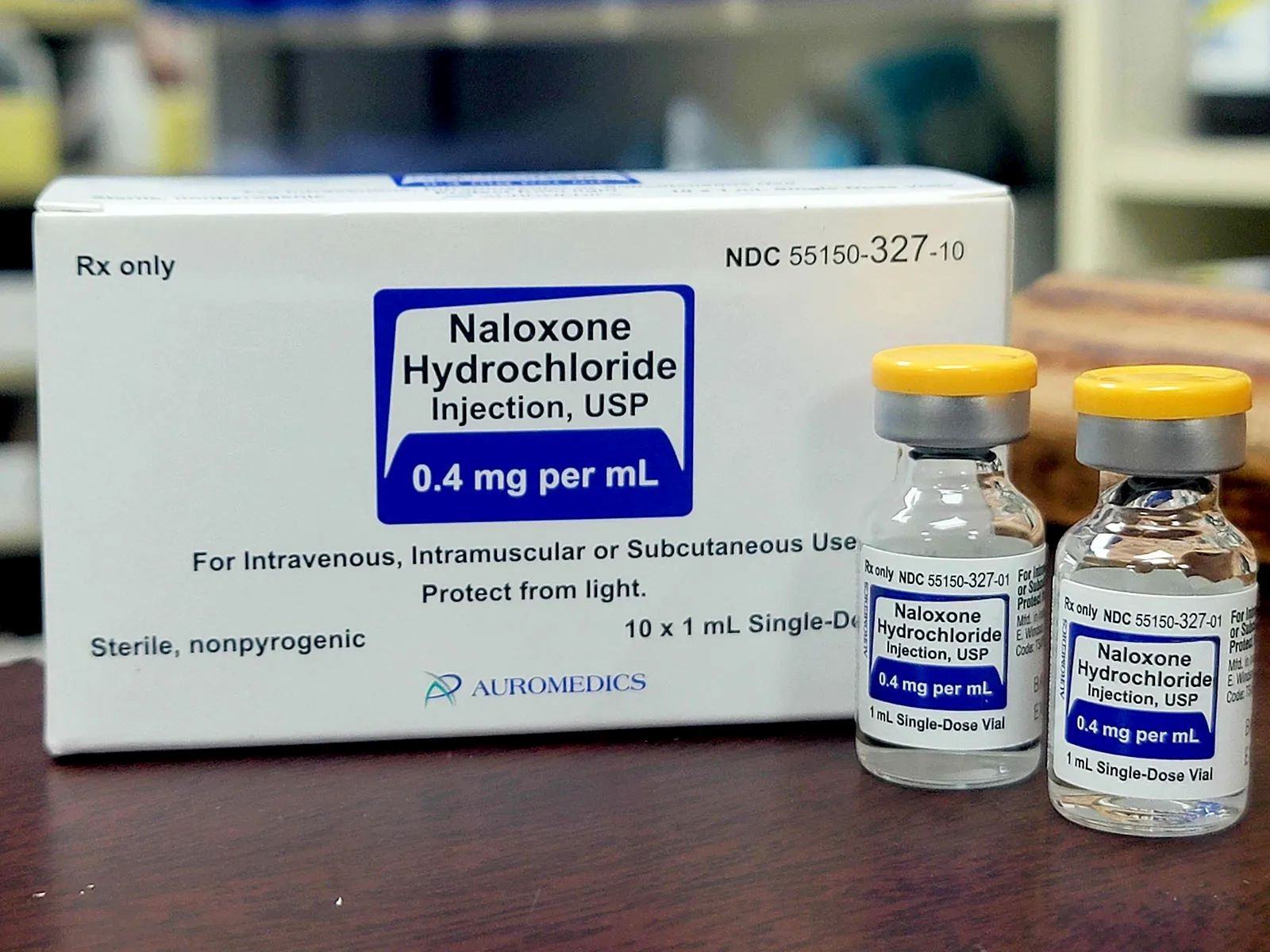

Articles
How To Store Naloxone
Modified: January 14, 2024
Learn the best practices for storing naloxone safely. Read our articles for guidelines on proper storage and maintenance of this lifesaving medication.
(Many of the links in this article redirect to a specific reviewed product. Your purchase of these products through affiliate links helps to generate commission for Storables.com, at no extra cost. Learn more)
Introduction
Welcome to the comprehensive guide on how to store Naloxone. Naloxone is a life-saving opioid overdose reversal medication that can save lives in emergency situations. It is important to understand the proper storage techniques to ensure its efficacy and availability when it is needed most.
Naloxone, also known by brand names such as Narcan, is a medication that can rapidly reverse the effects of an opioid overdose. Opioid overdoses have become a significant public health crisis, and having access to Naloxone can mean the difference between life and death for someone experiencing an overdose.
Proper storage of Naloxone is crucial to maintain its effectiveness and extend its shelf life. It requires specific conditions to ensure that it remains potent and ready for use. In this guide, we will explore the factors to consider when storing Naloxone and provide some best practices to keep it in optimal condition.
Whether you are a healthcare professional, a caregiver to someone at risk of opioid overdose, or simply interested in learning more about Naloxone storage, this guide will provide you with valuable insights and practical tips to ensure the quality and efficacy of your Naloxone supply.
Read on to discover the best practices for storing Naloxone and how to avoid common mistakes that could potentially render it ineffective. By understanding the importance of proper storage, you can make a significant impact in saving lives and promoting safety within your community.
Key Takeaways:
- Proper storage of Naloxone is crucial to maintain its life-saving properties. Factors like temperature, light exposure, and expiration dates must be considered to ensure its effectiveness in reversing opioid overdoses.
- Educating others about Naloxone storage and adhering to best practices can help save lives and combat the opioid crisis. By following proper storage guidelines, individuals can make a significant impact in promoting safety within their communities.
Read more: How To Store Basil From Store
Why is Naloxone important?
Naloxone plays a critical role in addressing the ongoing opioid crisis and preventing overdose-related deaths. Here are some key reasons why Naloxone is essential:
- Lifesaving properties: Naloxone is an opioid receptor antagonist, which means it can quickly reverse the effects of an opioid overdose. When administered promptly, Naloxone can restore normal breathing and prevent death.
- Accessibility: Naloxone is available in various forms, including nasal sprays, auto-injectors, and injectable formulations, making it easy to administer even for individuals without medical training.
- Community impact: By having Naloxone readily available in communities, it empowers bystanders, friends, and family members to take immediate action when witnessing an overdose, potentially saving the individual’s life.
- Reducing stigma: Naloxone helps to reduce the stigma surrounding opioid use disorder by emphasizing the importance of harm reduction strategies and providing individuals with a second chance at recovery.
- Public health benefits: The widespread distribution of Naloxone can help mitigate the devastating impact of the opioid crisis on public health by reducing the number of fatal overdoses and providing individuals with an opportunity to seek treatment and support.
It is important to note that Naloxone is not a cure for opioid addiction but rather a rescue medication that buys critical time until emergency medical services can arrive. It serves as a bridge to further medical care and addiction treatment.
Understanding the significance of Naloxone and its potential to save lives is crucial in combating the opioid epidemic. By promoting awareness, education, and access to Naloxone, communities can work together to support individuals struggling with opioid use disorder and reduce the devastating impact of overdoses.
Proper storage of Naloxone
Proper storage of Naloxone is vital to ensure its efficacy and readiness when needed. Factors such as temperature, humidity, and exposure to light can impact the stability of Naloxone. Here are some key considerations for storing Naloxone:
- Temperature: Naloxone should be stored at room temperature, typically between 68-77 degrees Fahrenheit (20-25 degrees Celsius). Avoid storing it in extreme temperatures, such as in hot cars or freezing cold environments, as this can affect the medication’s potency.
- Humidity: Naloxone should be kept in a dry environment to prevent moisture from compromising its effectiveness. Avoid storing it in areas with high humidity, such as bathrooms or kitchens.
- Light exposure: Naloxone should be stored in a light-protected container or packaging to shield it from direct sunlight or artificial light sources. Light exposure can degrade the medication, rendering it less effective.
- Storage location: Choose a secure and easily accessible location for storing your Naloxone supply. Consider placing it in a locked or childproof cabinet to prevent unauthorized access.
- Expiration dates: Check the expiration date on your Naloxone product regularly, and discard any expired or outdated medications. Expired Naloxone may not provide the intended effects and should be replaced with a fresh supply.
It’s important to note that Naloxone formulations may have different storage requirements, so always refer to the product’s packaging or consult the manufacturer’s instructions for specific guidelines.
By following these proper storage guidelines, you can ensure that your Naloxone supply remains effective and ready for use in case of an emergency. Remember, keeping Naloxone in optimal condition can potentially save lives and make a significant impact in addressing the opioid crisis.
Factors to consider when storing Naloxone
When storing Naloxone, there are several factors to consider to ensure its effectiveness and safety. Here are some key factors to keep in mind:
- Temperature: Naloxone is sensitive to temperature fluctuations. It is important to store it at the recommended temperature range, typically between 68-77 degrees Fahrenheit (20-25 degrees Celsius). Extreme temperatures, both hot and cold, can degrade the medication and make it less effective.
- Humidity: Excessive humidity can impact the potency of Naloxone. It is essential to keep it in a dry environment to prevent moisture from compromising its stability. Avoid storing Naloxone in rooms with high humidity, such as bathrooms or damp basements.
- Light exposure: Naloxone is sensitive to light, especially direct sunlight and artificial light sources. Exposure to light can degrade the medication and reduce its effectiveness. It is recommended to store Naloxone in a light-protected container or packaging.
- Storage location: Choose a safe and easily accessible location to store your Naloxone supply. Consider placing it in a locked cabinet or container to prevent unauthorized access, especially if there are children or individuals who may accidentally ingest it.
- Expiration dates: Check the expiration date on your Naloxone product regularly and dispose of any expired or outdated medications. Expired Naloxone may not be as effective in reversing opioid overdoses, so it is crucial to have a fresh supply on hand.
- Accessibility: Ensure that your Naloxone supply is easily accessible in case of an emergency. Keep it in a location where it can be quickly retrieved and administered when needed. It is also important to inform those around you, such as family members or caregivers, about the location of your Naloxone supply.
By considering these factors and taking the necessary precautions, you can ensure the quality and effectiveness of your Naloxone supply. Safely storing Naloxone plays a significant role in its ability to reverse opioid overdoses and save lives.
Store naloxone at room temperature, away from light and moisture. Keep it out of reach of children and pets. Check the expiration date regularly and replace as needed.
Best practices for storing Naloxone
To ensure the optimal storage of Naloxone and maintain its effectiveness, it is important to follow these best practices:
- Read the instructions: Familiarize yourself with the storage guidelines provided by the manufacturer. Different Naloxone formulations may have specific storage requirements, so it’s essential to follow the instructions provided.
- Store at room temperature: Keep Naloxone at room temperature, typically between 68-77 degrees Fahrenheit (20-25 degrees Celsius). Avoid storing it in extreme temperatures, as this can impact its potency. Do not expose Naloxone to excessive heat or cold.
- Protect from light: Shield Naloxone from direct sunlight and artificial light sources, as light exposure can degrade the medication. Store it in a light-protected container or packaging to maintain its effectiveness.
- Keep it dry: Naloxone should be stored in a dry environment to prevent moisture from compromising its potency. Avoid storing it in areas with high humidity, such as bathrooms or kitchens, to maintain its stability.
- Secure and accessible location: Choose a secure location for storing your Naloxone supply, such as a locked cabinet or container. This helps prevent unauthorized access and ensures its availability during emergencies. However, ensure that it remains easily accessible to those who may need to administer it quickly.
- Regularly check expiration dates: Check the expiration dates on your Naloxone products regularly and replace any expired or outdated medications. Expired Naloxone may not be as effective in reversing overdoses, so it is crucial to have a fresh supply when needed.
- Keep an inventory: Maintain an inventory of your Naloxone supply and monitor its quantity. This helps ensure that you have an adequate amount on hand and allows you to restock when necessary.
- Educate others: Share information about the proper storage of Naloxone with others who may come into contact with it, such as family members, friends, and caregivers. Increasing awareness and knowledge about proper storage practices can help maximize the effectiveness of Naloxone in emergency situations.
By adhering to these best practices, you can ensure the longevity and efficacy of your Naloxone supply. Proper storage is crucial in maintaining its life-saving properties and ensures that it is readily available when needed to reverse opioid overdoses and potentially save lives.
Read more: How To Store Store-Bought Bread
Common mistakes to avoid when storing Naloxone
When it comes to storing Naloxone, there are several common mistakes that should be avoided to maintain its effectiveness and ensure its availability in times of need. Here are some key mistakes to steer clear of:
- Improper temperature: Storing Naloxone in extreme temperatures can compromise its potency. Avoid leaving it in hot cars or freezing cold environments, as this can reduce its effectiveness. Keep Naloxone at room temperature, between 68-77 degrees Fahrenheit (20-25 degrees Celsius).
- Exposure to light: Naloxone is sensitive to light exposure. Exposing it to direct sunlight or artificial light sources can degrade the medication, making it less effective. Always store Naloxone in a light-protected container or packaging.
- High humidity: Storing Naloxone in areas with high humidity, such as bathrooms or kitchens, can affect its stability. Moisture can compromise the potency of the medication. It is important to keep Naloxone in a dry environment to maintain its effectiveness.
- Failure to check expiration dates: Naloxone has an expiration date, and using expired medications may not produce the desired effects. Regularly check the expiration dates on your Naloxone products and replace any expired or outdated medications with a fresh supply.
- Inaccessible storage: Storing Naloxone in a location that is difficult to access during emergencies can hinder its usability. Choose a secure location for storage but ensure that it remains easily accessible to those who may need to retrieve and administer it quickly.
- Failure to educate others: Neglecting to inform family members, friends, and caregivers about the storage guidelines for Naloxone can hamper its effectiveness. It is important to educate those around you about the proper storage practices to ensure its availability and proper usage.
- Not keeping track of supply: Failing to keep an inventory of your Naloxone supply can lead to unexpected shortages. Regularly monitor the quantity of Naloxone you have on hand and restock as needed to ensure an adequate supply.
- Improper disposal: When replacing expired or unused Naloxone, it is important to dispose of it properly. Follow local regulations or reach out to your pharmacist for guidance on how to safely dispose of Naloxone.
Avoiding these common mistakes when storing Naloxone is crucial for maintaining its potency and ensuring its effectiveness in reversing opioid overdoses. By taking the necessary precautions and adhering to proper storage practices, you can help save lives and contribute to the overall safety of your community.
Conclusion
Proper storage of Naloxone is essential to maintain its potency and effectiveness in reversing opioid overdoses. By following the best practices and avoiding common mistakes, you can ensure that your Naloxone supply remains accessible and ready for use when needed most.
Naloxone plays a crucial role in addressing the opioid crisis and preventing overdose-related deaths. Its life-saving properties, accessibility, and ability to reduce stigma make it an invaluable tool in saving lives and promoting harm reduction strategies.
When storing Naloxone, it is important to consider factors such as temperature, humidity, light exposure, and expiration dates. Keeping Naloxone at room temperature, protecting it from light, and storing it in a dry environment are key to maintaining its effectiveness. Additionally, regularly checking expiration dates and keeping an accessible storage location contribute to its readiness in emergency situations.
By educating others about proper storage practices and ensuring a consistent supply of Naloxone, you can make a significant impact in saving lives and promoting the well-being of individuals affected by opioid use disorder.
Remember, Naloxone is not a substitute for emergency medical care or addiction treatment. If you suspect an opioid overdose, administer Naloxone and immediately call emergency services.
Together, we can work towards a safer and healthier future by ensuring the proper storage and availability of Naloxone in our communities. By doing so, we can actively contribute to the fight against the opioid crisis and save lives.
Frequently Asked Questions about How To Store Naloxone
Was this page helpful?
At Storables.com, we guarantee accurate and reliable information. Our content, validated by Expert Board Contributors, is crafted following stringent Editorial Policies. We're committed to providing you with well-researched, expert-backed insights for all your informational needs.


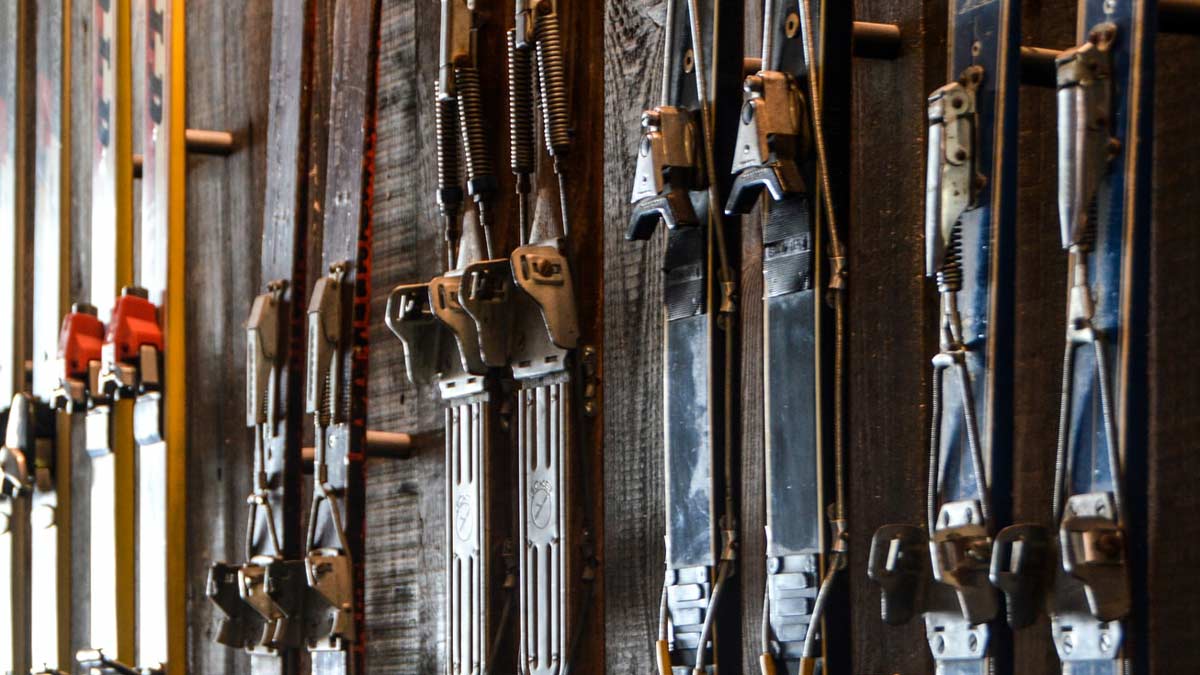
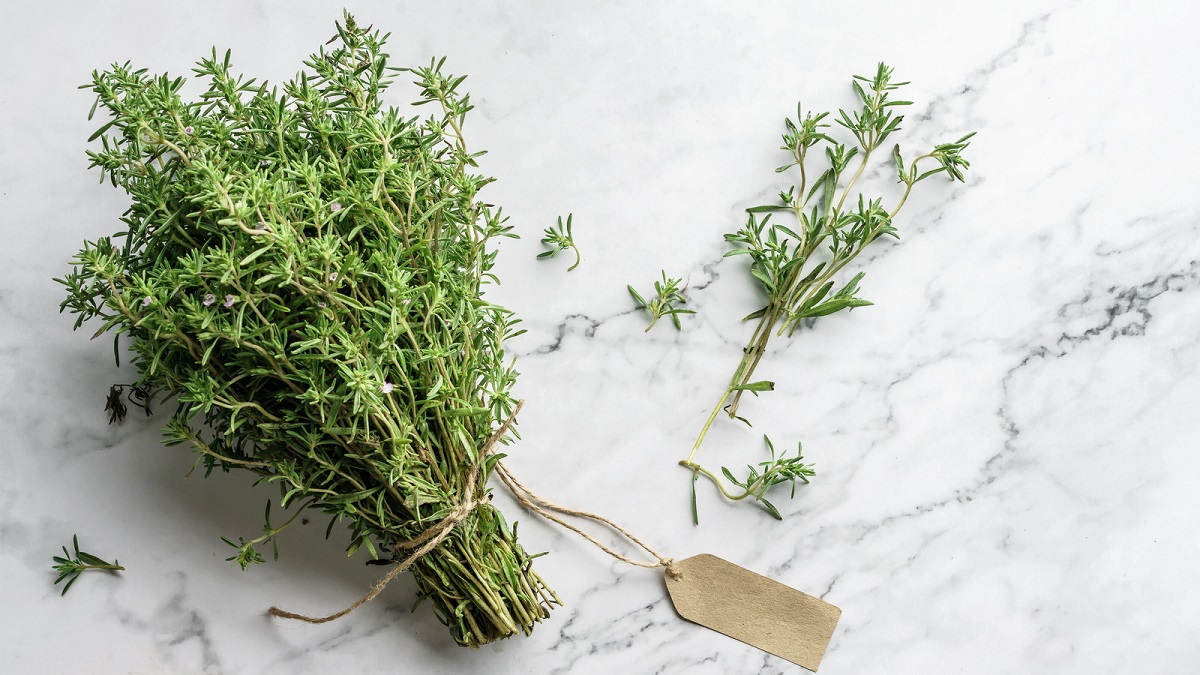






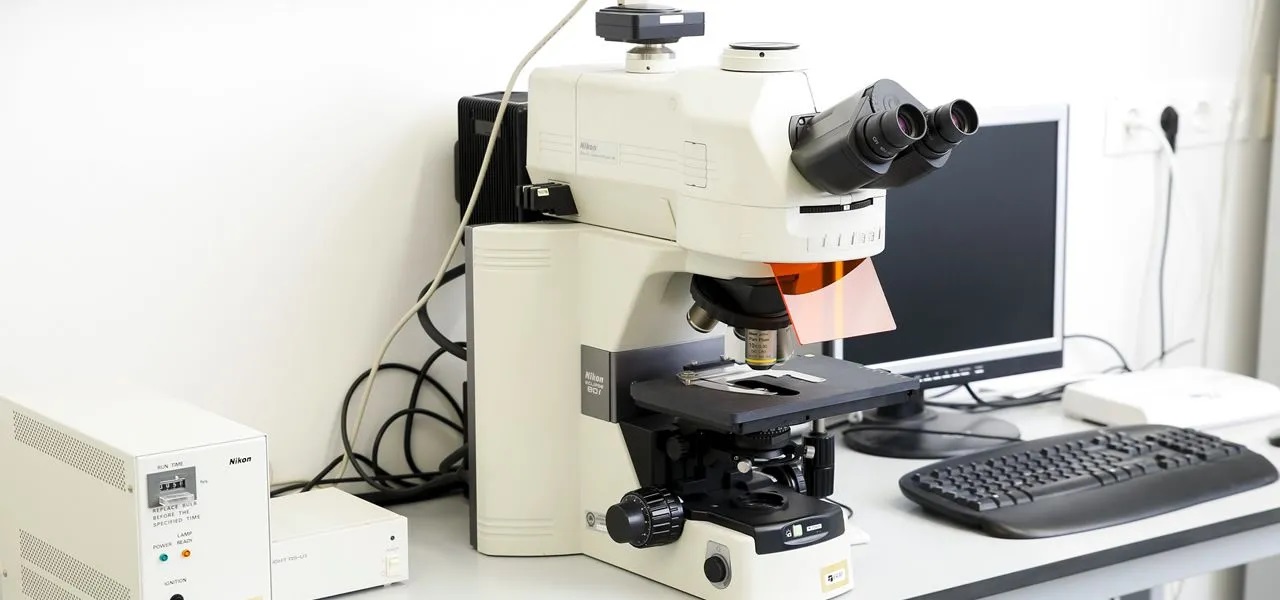
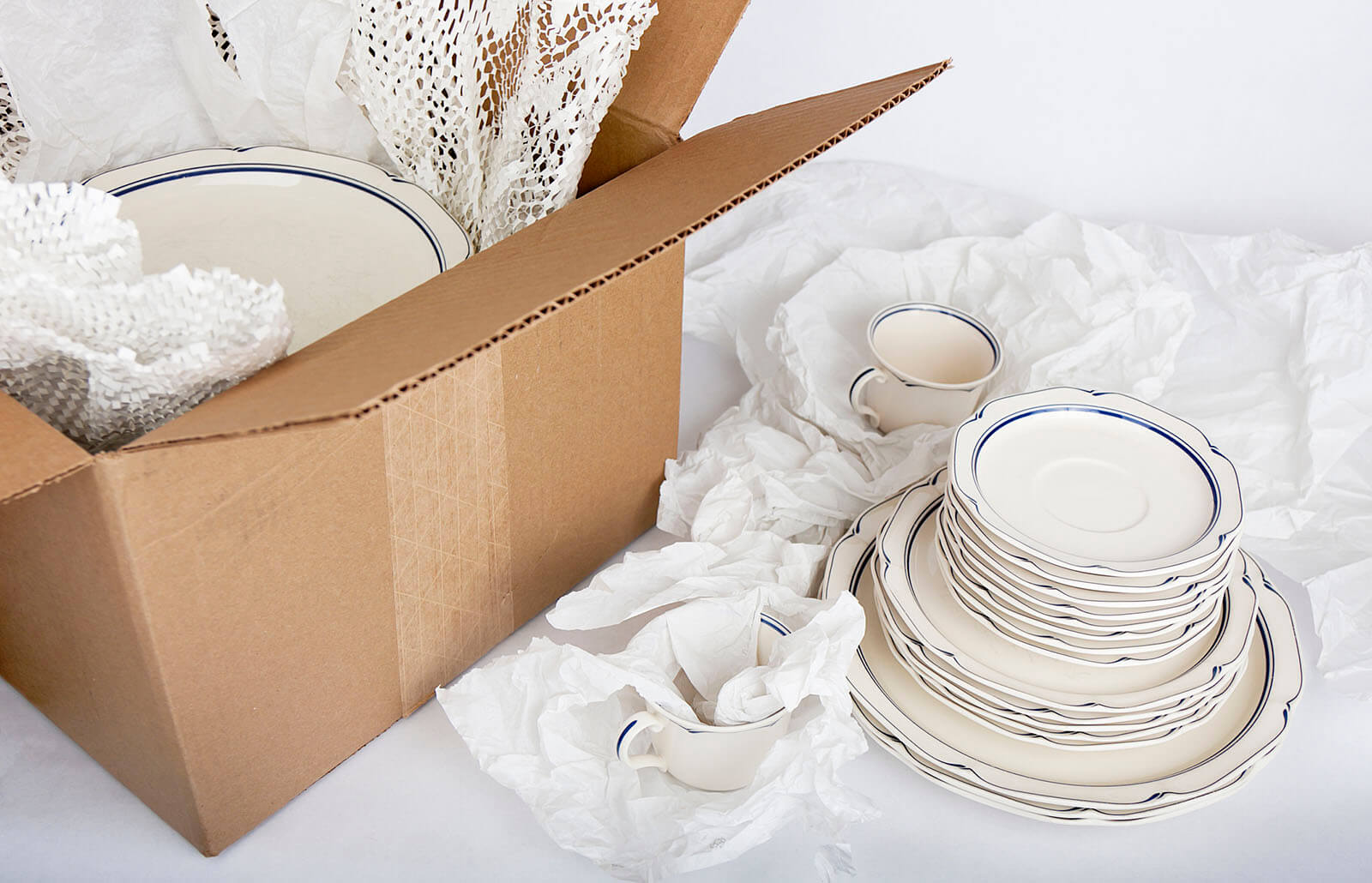
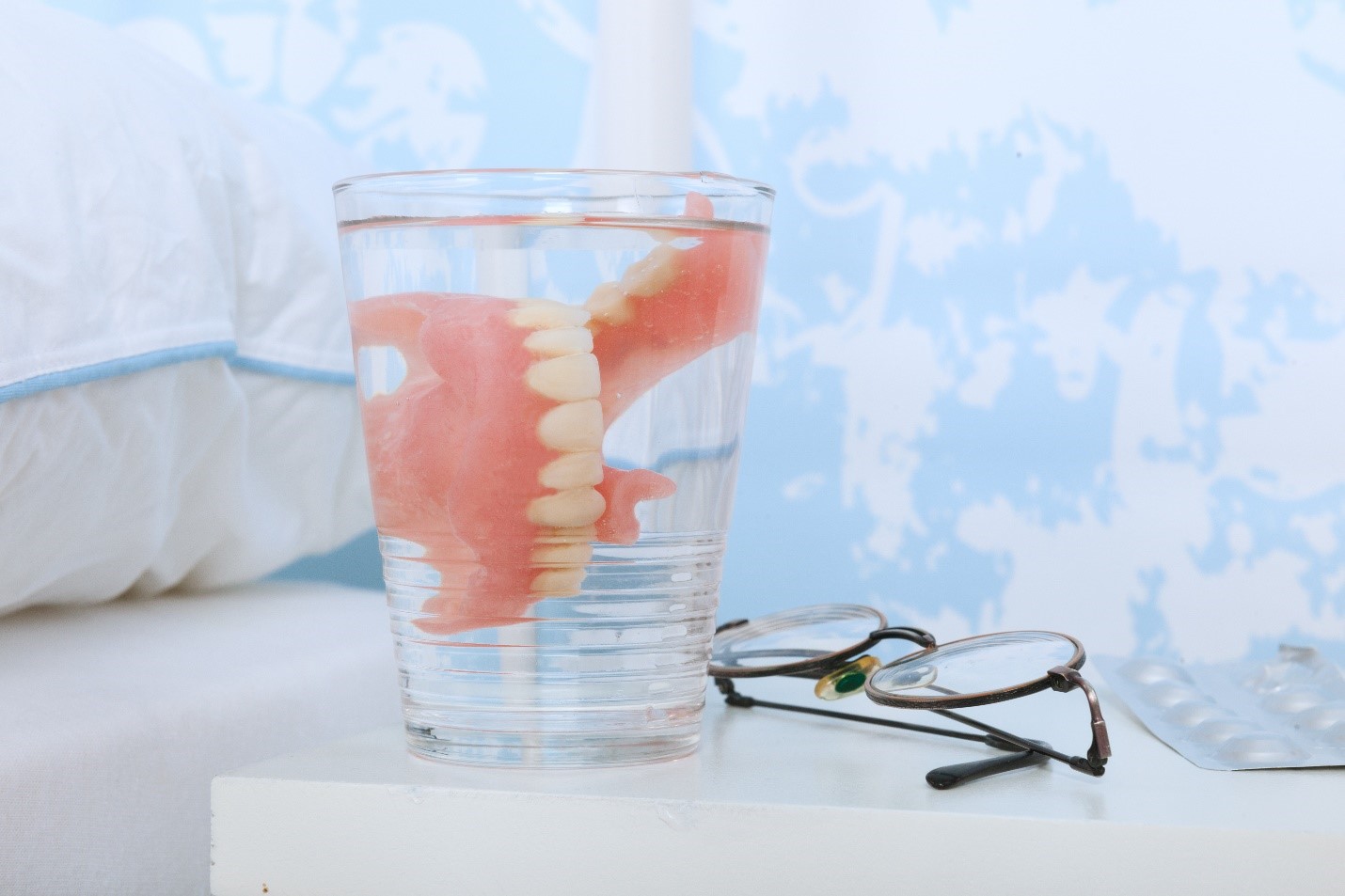
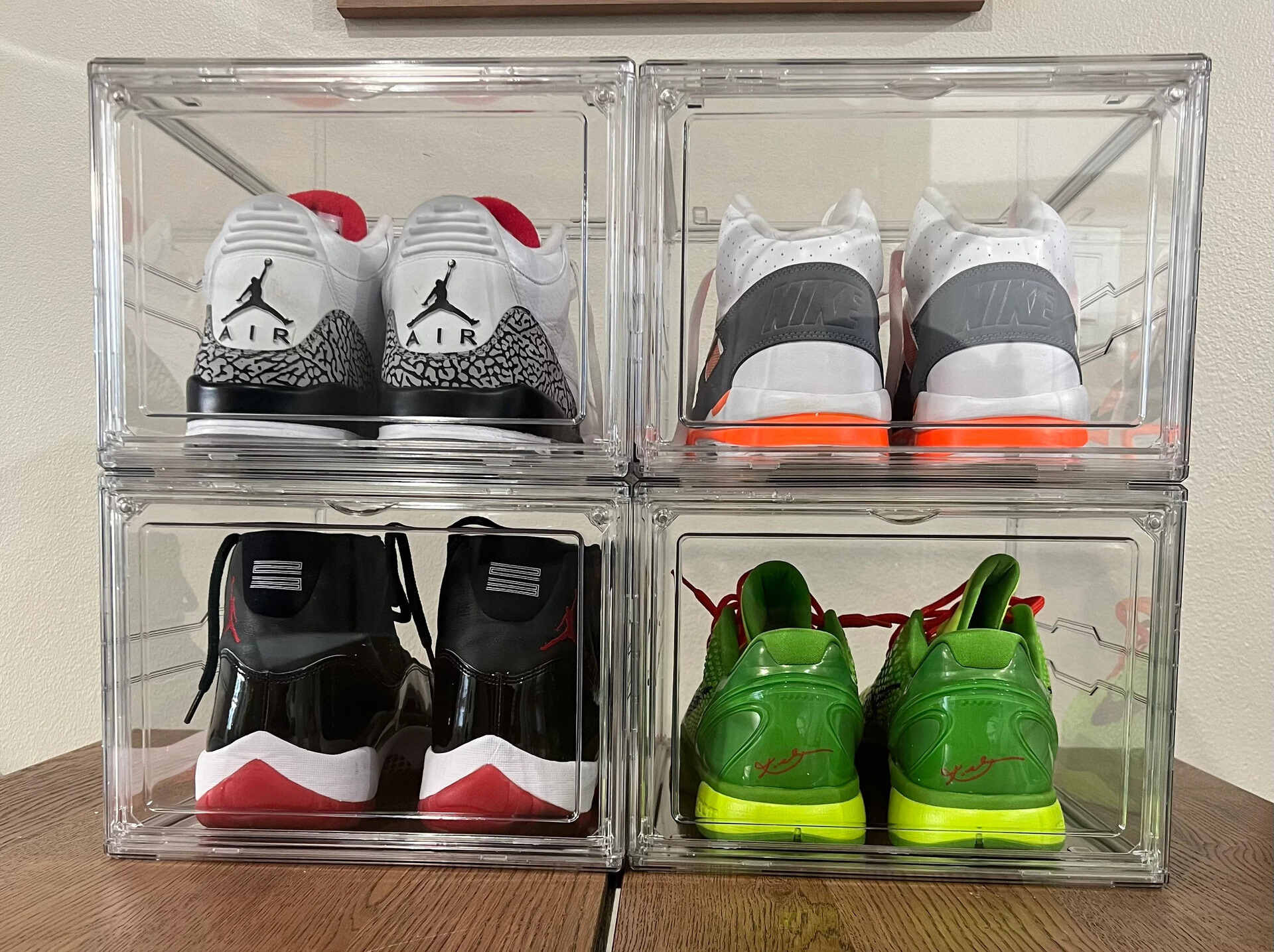

0 thoughts on “How To Store Naloxone”